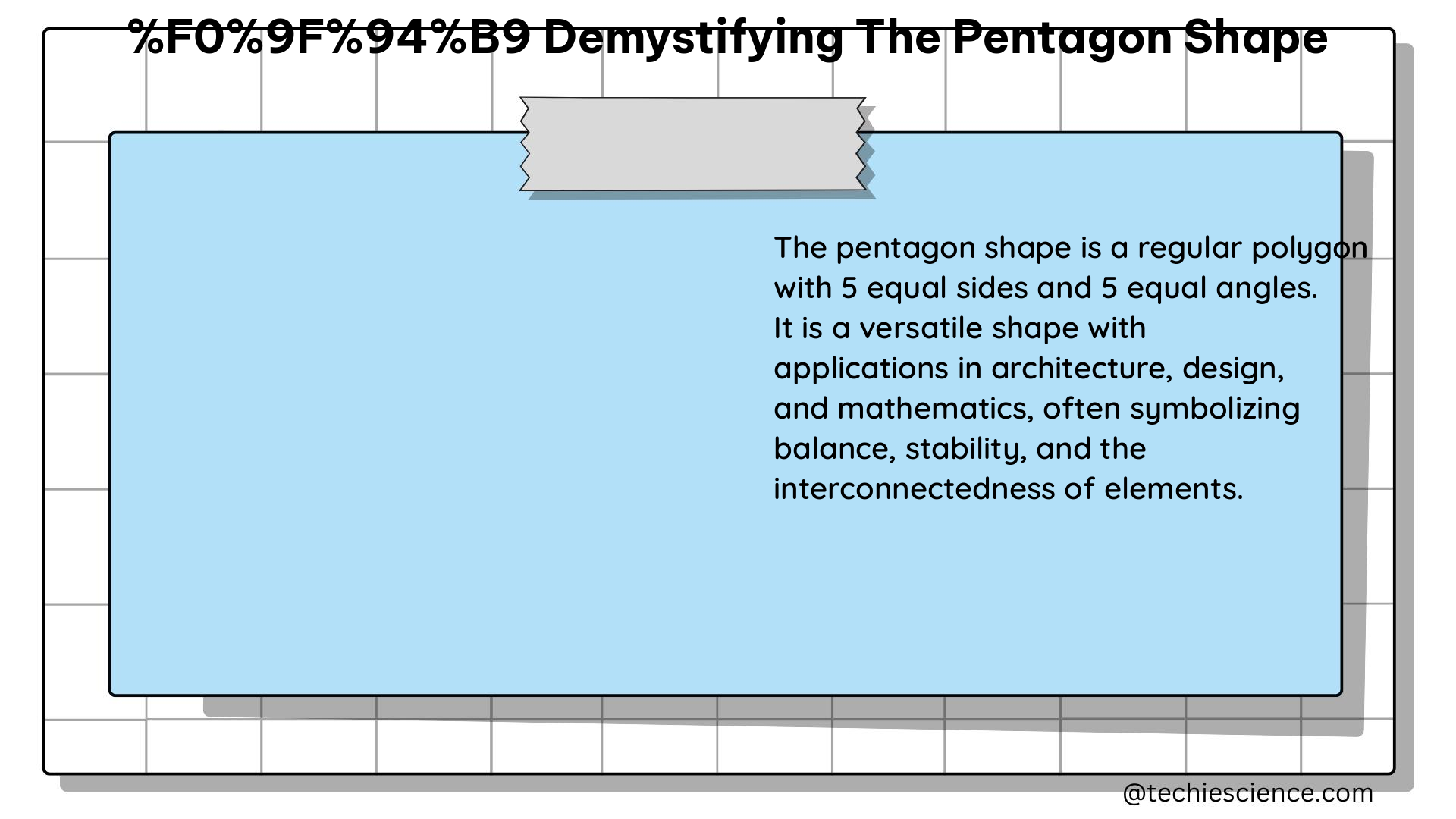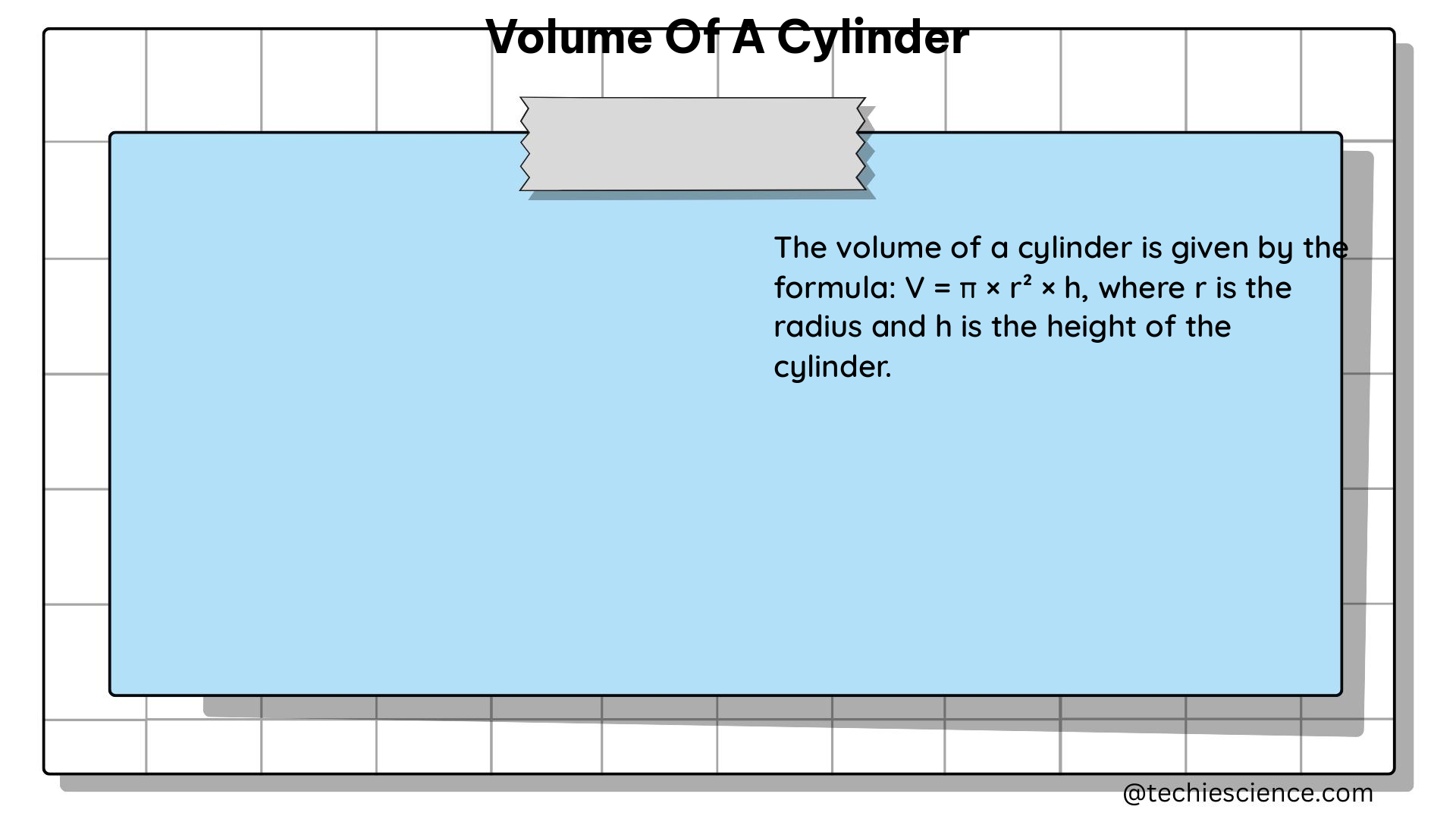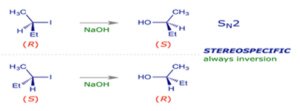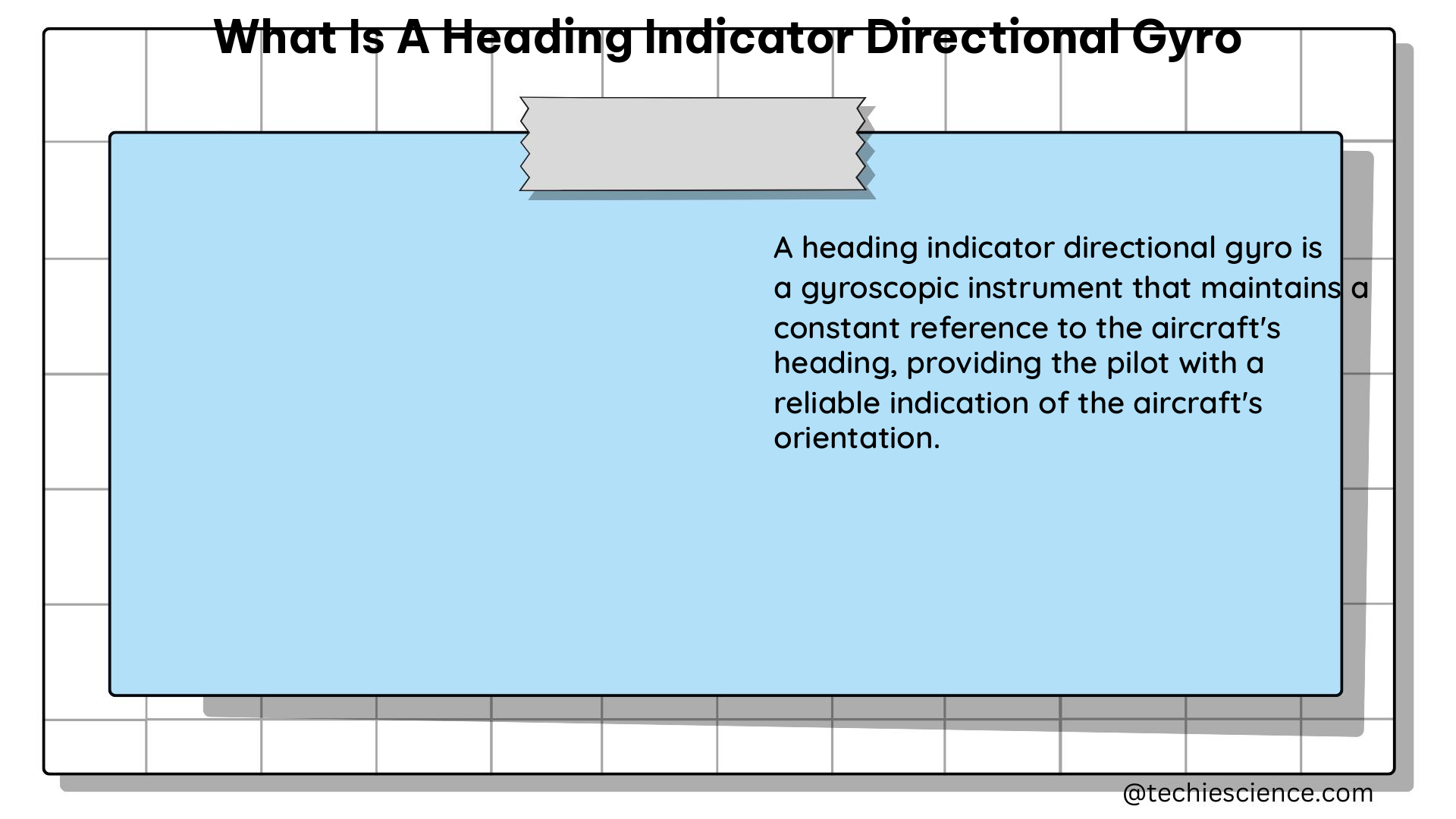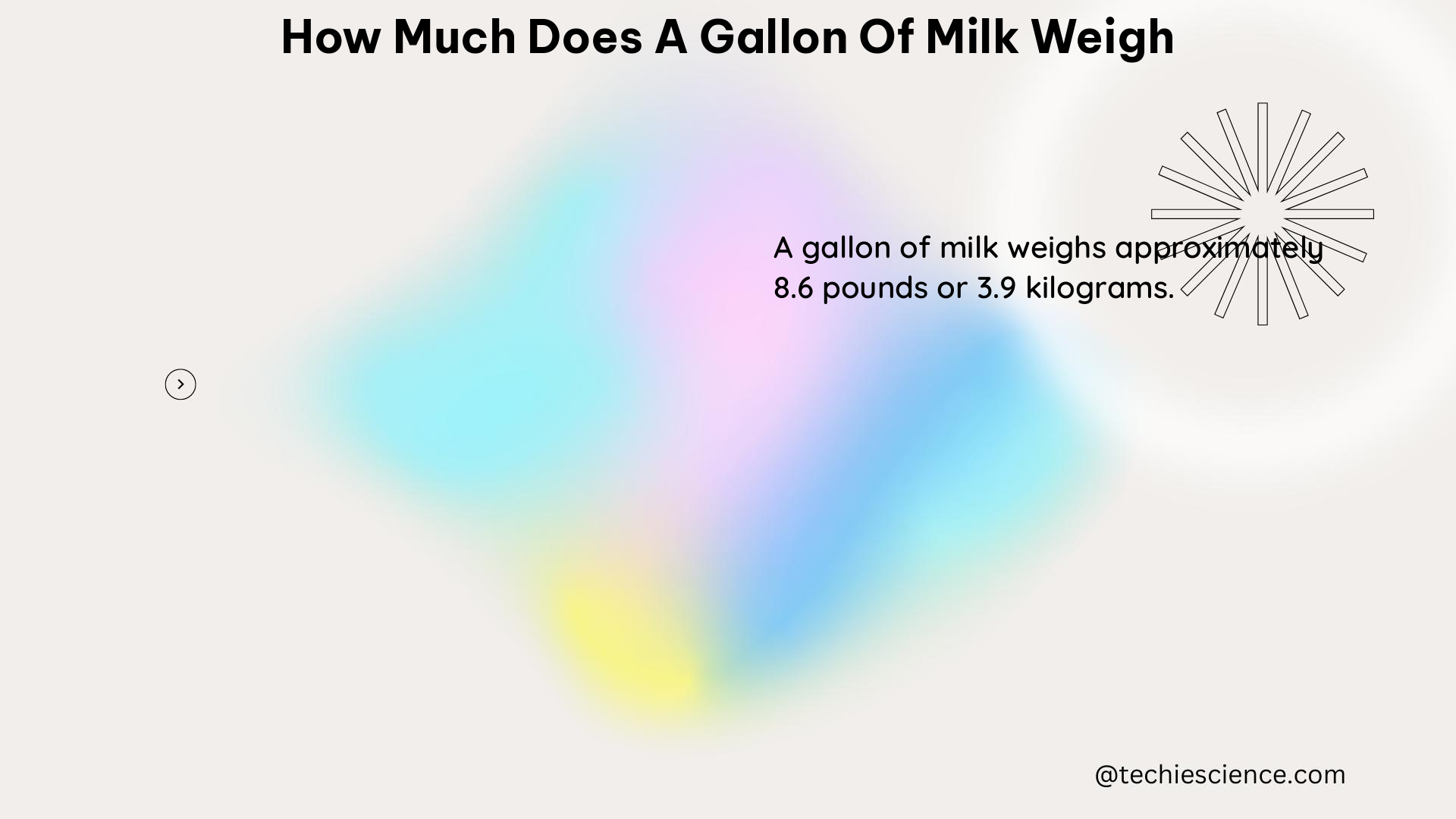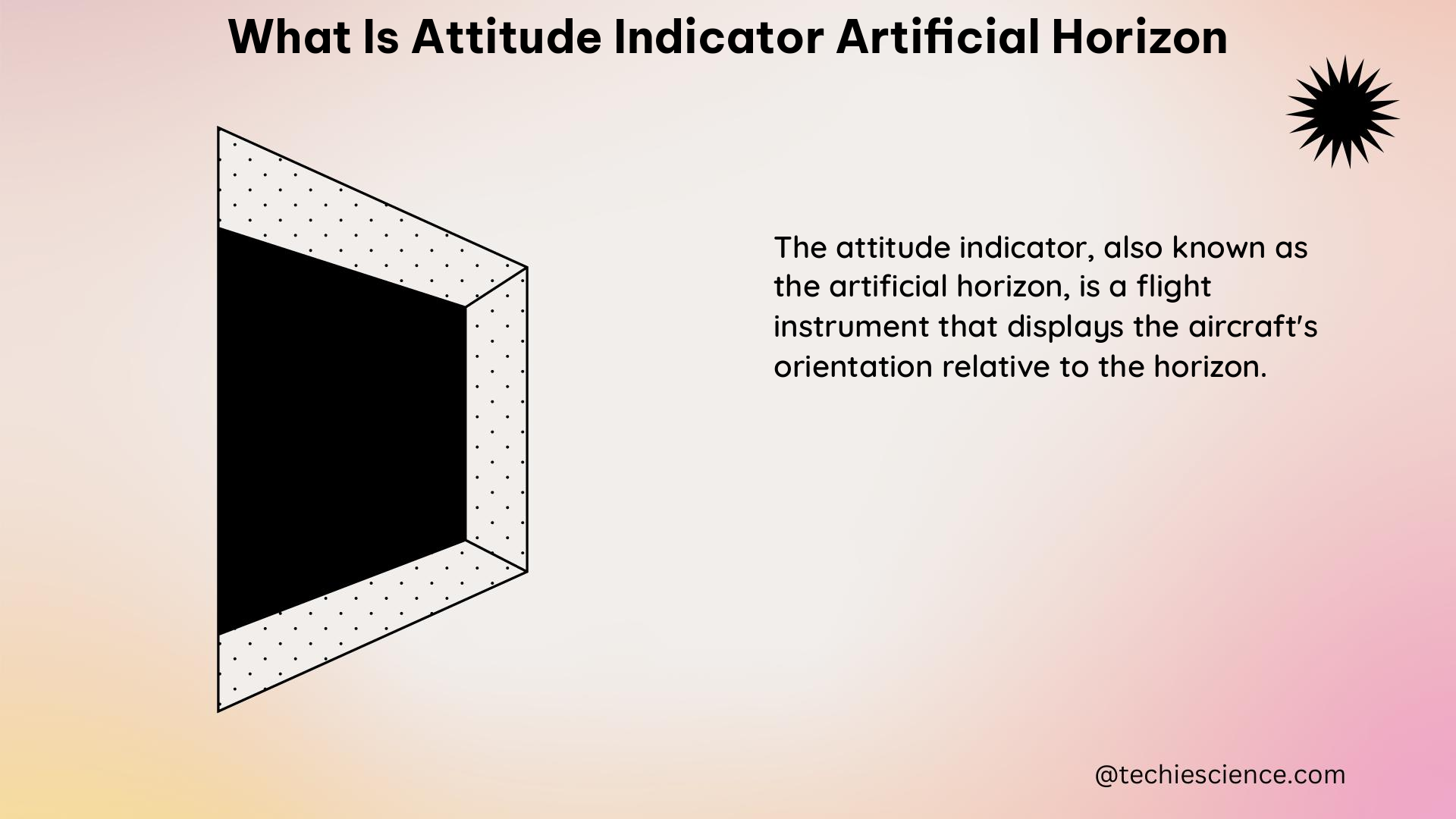In this article, we are going to see the facts about stereoselective vs stereospecific reactions in detail.
The reactions in which a more favorable reaction pathway is responsible for the formation of the stereoisomers of the product and gives multiple product which are stereoisomers are called stereoselective reactions. In stereospecific reactions stereochemistry of the starting material controls the stereochemistry of the product, give only one specific product.
Stereochemistry is concerned with the three-dimensional assembly of the atoms in the molecule. The term stereoisomer is defined as the molecules having the same composition but their arrangement is different. These stereoisomers are classified as diastereomers and enantiomers. Enantiomers are the reflections or clone images of each other and diastereomers are vary in their orientation.
In organic chemistry, the stereochemical outcomes of the reactions are described by stereoselective and stereospecific reactions.
Stereoselective vs stereospecific reactions–
| Stereoselective Reaction | Stereospecific Reaction |
| A more favorable reaction pathway is responsible for the formation of the stereoisomers of the product | Stereochemistry of starting materials controls the stereochemistry of the product |
| Gives more than one product, major and minor. | Gives only one specific product. |
| All stereospecific reactions are also stereoselective. | All stereoselective reactions are not stereospecific |
| Reaction pathway forming product depends upon electronic effect, steric effect. | The stereochemistry of the product leans on the stereochemistry of the reactant. |
Stereoselective reactions
Some chemical reactions give more than one products, which are stereoisomers of each other, but one of the products is major while the other is minor.
The structural orientation of the reactants influences the stereoselectivity of the reaction.
In this type of reaction, the more favorable reaction pathway is responsible for the formation of the stereoisomers of the product, which are called stereoselective reactions.
One of the stereoisomers is formed rapidly showing dominancy on another, which leads to the formation of the major product.
When the outcomes of the reaction are enantiomers, the reaction is also called an enantioselective reaction.
When the products are diastereomers of each other, the reaction is also termed a diastereoselective reaction.
The reaction pathway forming product depends upon electronic effect, steric effect.
Examples,

This reaction does not show any major or minor product, so it’s not a stereoselective reaction.

This reaction is selective toward one of the products, forming major product 92% and minor product 8%. Hence it is a stereoselective reaction.
When 2-iodo-butane undergo dehydrohalogenation 60% trans 2-butene and 20% cis-butene is formed. It is a diastereoselective reaction.
Stereospecific reaction
In some reactions, the stereochemistry of starting materials controls the stereochemistry of the products. A certain reactant gives only a specific product.
One stereoisomer of a particular starting material produces one stereoisomer of a particular outcome material while a different stereoisomer of the same starting material produces different stereoisomers of the same outcome materials.
The best example of a stereospecific reaction is the SN2 substitution reaction. In this type of reaction, always an inversion of the configuration takes place at the product side.
The R reactants give the products of S configuration and the S reactant gives the product of R configuration.
Examples,
Stereoselective reactions are concerned with the reaction pathway and not with the stereochemistry of reactant, on the other hand, stereospecific reactions are only concerned with the stereochemistry of reactant and not with the favorable reaction pathway. Hence, stereospecific reactions become a subset of stereoselective reactions. Therefore all stereospecific reactions are stereoselective, but all stereoselective reactions are not stereospecific reactions.
Read more on Why Chemical Changes are Irreversible: Detailed Analysis
Frequently Asked Questions:
Question: What do you mean by the stereoselective reaction?
Answer: The stereoselective reaction means
The reactions in which more favorable reaction pathway is responsible for the formation of the stereoisomers of the product and gives more than one product, one of the product is major while other is minor which are stereoisomers of each other are called stereoselective reactions.
Question: What do you mean by the stereospecific reaction?
Answer: The stereospecific reaction means
The reactions in which stereochemistry of the starting material or reactant controls the stereochemistry of the product, gives only one specific product, are called stereospecific reactions.
Question: How can you tell if a reaction is stereoselective or stereospecific?
Answer: one can tell the reaction is stereoselective or stereospecific.
If the reaction shows the possibility of the formation of more than one or multiple products, but only one is produced in excess as a major product, then it is a stereoselective reaction.
If the stereoisomer of a different product is given by a different stereoisomer of the reactant, then it is a stereospecific reaction. If a starting material gives identical products in equal ratio then it is not a stereospecific reaction.
Question: Can a stereoselective and stereospecific reaction be both?
Answer: The reaction can be both stereoselective and stereospecific.
In stereoselective reaction, the more favorable reaction pathway is responsible for the formation of the stereoisomers of the product. In the case of stereospecific reaction stereochemistry of starting materials regulate the stereochemistry of the products. These terms describe different aspects of the reaction, it can be both stereoselective and stereospecific. Example,

Question: Why all stereospecific reactions are stereoselective?
Answer: All stereospecific reactions are stereoselective.
As we know stereoselective reaction concerns only with the reaction pathway, on the other hand, stereospecific reactions are only concerned with the stereochemistry of the reactant and not with the favorable reaction pathway. Hence, stereospecific reactions become a subset of stereoselective reactions. Therefore all stereospecific reactions are stereoselective.
Question: Which reactions are stereoselective?
Answer: Following are the stereoselective reactions,
- Enantioselective hydride reduction of carbonyl compounds.
- Nucleophilic addition to a homochiral cyclic ketone.
- Nucleophilic addition to a racemic cyclic ketone.
Also Read:


